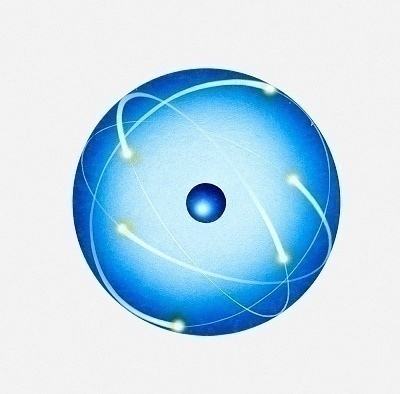Boltzmann Constant
The Boltzmann Constant (Boltzmann’s Constant) is a fundamental physics constant that plays a pivotal role in almost every single statistical formulation in both quantum and classical physics. It is named after Austrian physicist, Ludwig Boltzmann (1844 – 1906), who made significant contributions to the foundation and development of a particular branch of theoretical physics known …




